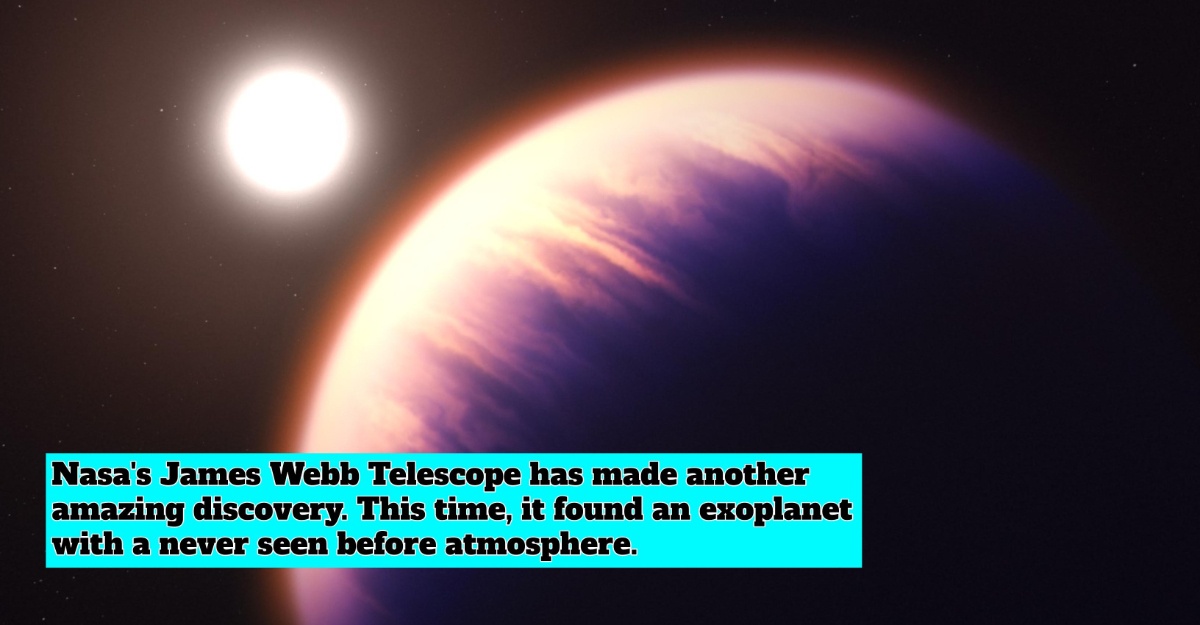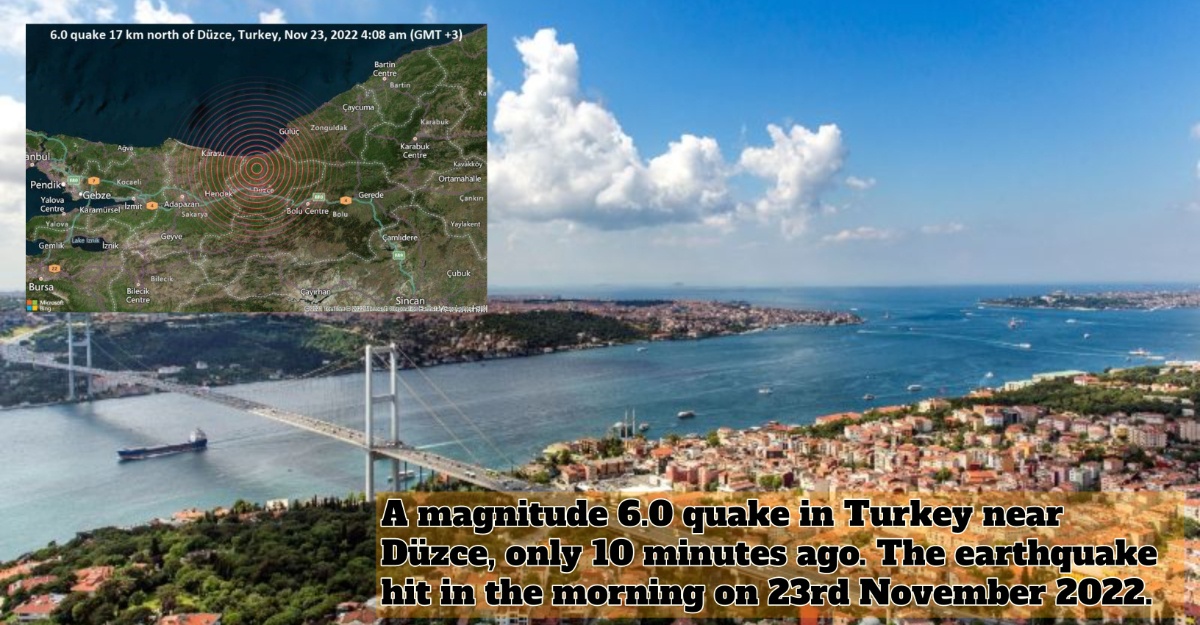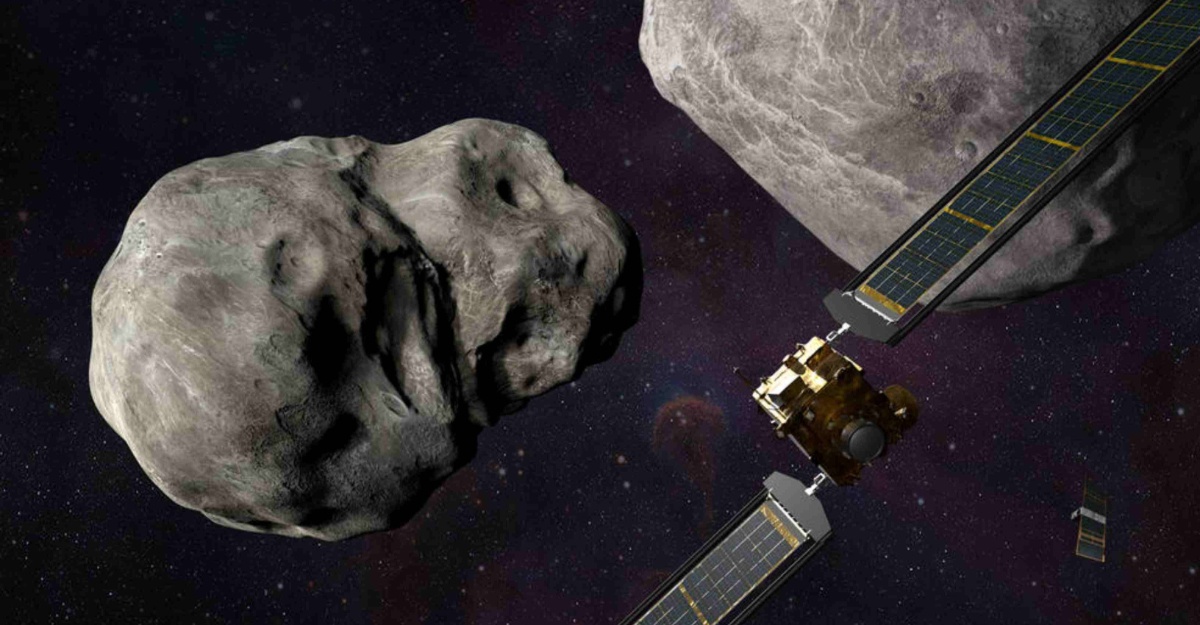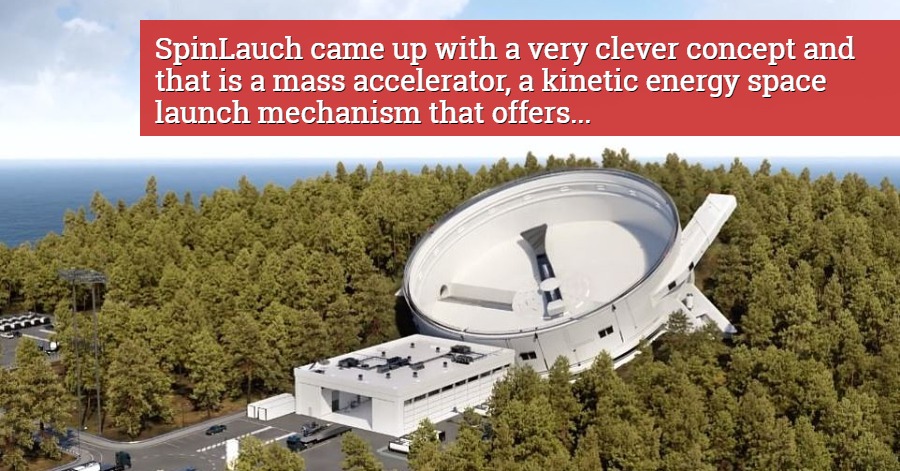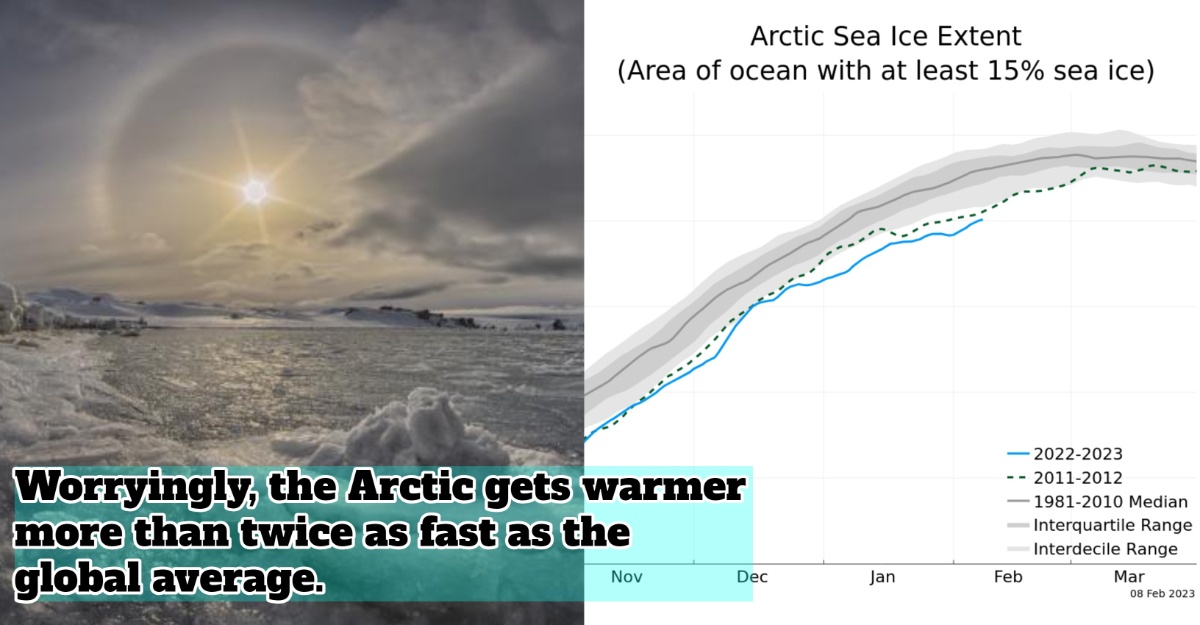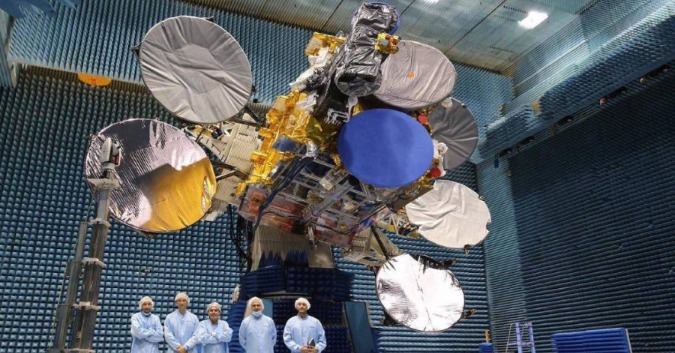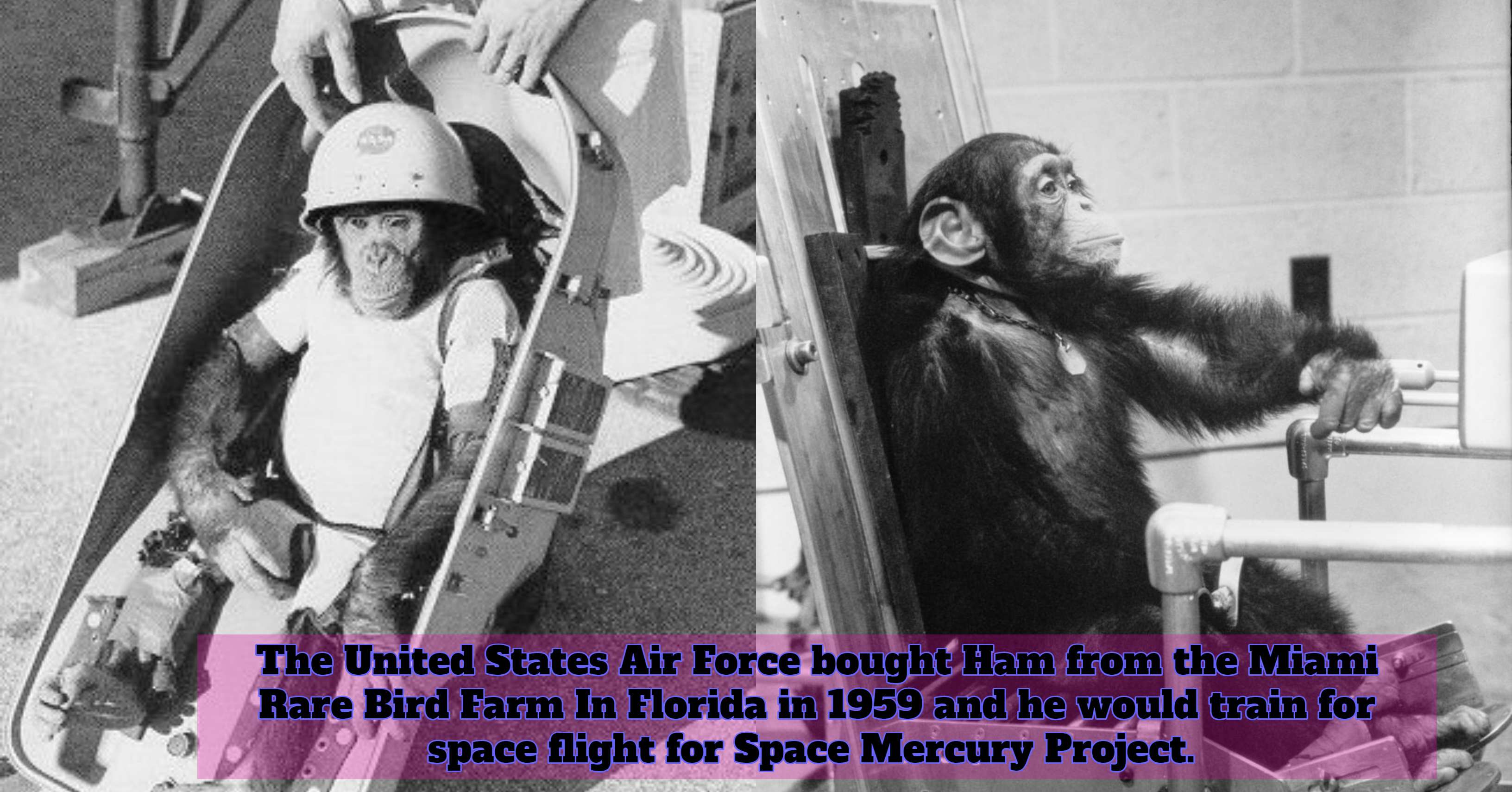NASA’s James Webb Telescope has made another amazing discovery! This time, it found an exoplanet with a never seen atmosphere.
Highly sensitive equipment on the telescope was pointed towards WASP-39 b, a planet of the same mass as Saturn that orbits a star around 700 light-years away.
Previously, Webb and other space observatories like Hubble and Spitzer showed individual elements of this sweltering planet’s atmosphere. However, the latest findings give a whole menu of atoms, molecules, and even hints of active chemistry and clouds.
When the NASA James Webb Space Telescope began its regular science operations, this Saturn-sized exoplanet was one of the first targets it saw.
The findings have sparked a lot of interest in the field of exoplanet research. Webb’s ultra-sensitive equipment discovered water, sulfur dioxide, carbon monoxide, sodium, and potassium in the atmosphere of WASP-39 b.
WASP-39 b is habitable due to its high temperature and mainly hydrogen atmosphere. The planet is eight times closer to its star than Mercury is to our sun. This makes it an ideal subject for studying the effects of host star radiation on exoplanets.
Understanding the star-planet link better should provide details on the means that give rise to the number of planets seen across the Milky Way.
The Webb telescope also discovered sodium (Na), potassium (K), and water vapor (H2O) in the atmosphere. This corroborates with findings from earlier space and ground-based observatory investigations
Source: NASA

